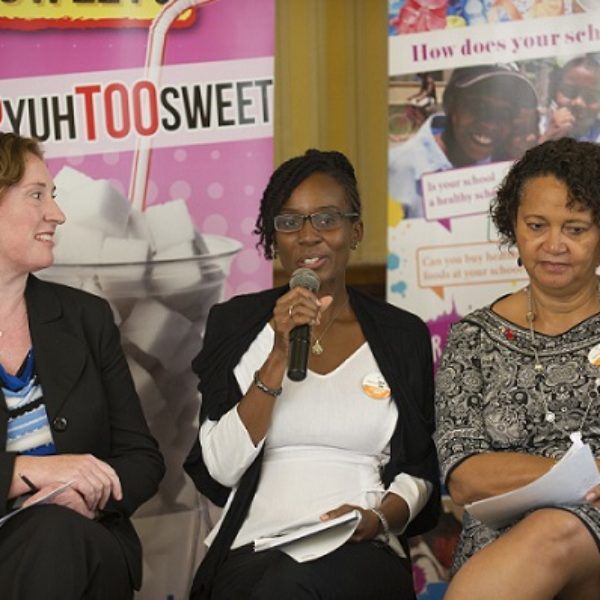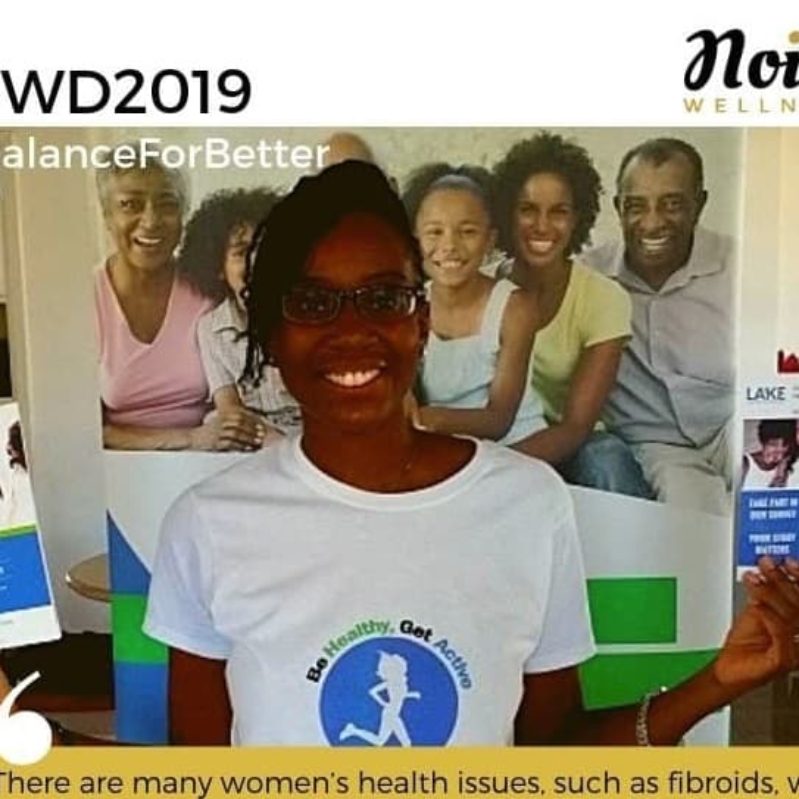Diabetes is a condition that occurs when our body’s glucose levels become too high. Glucose provides us with energy which is important for our body to function, but too much glucose can cause complications such as:
- Nerve damage
- Damage to blood vessels throughout the body – this can lead to:
- Stroke,
- Heart disease,
- Kidney disease
- Retinopathy (damage to blood vessels in the eye)
- Sexual dysfunction
- Miscarriage and stillbirth
Usually our body is able to control our glucose levels through a hormone called insulin. When our glucose levels increase after we have eaten insulin is released into the blood and mops up the glucose transporting it into our cells which then use it to make energy; glucose can also be stored for use by the body when it needs in.
In diabetes our body is unable to control glucose levels and glucose remains in the blood leading to a high blood glucose level
The black community is three times more likely to develop type 2 diabetes than their white counterparts and hence it is important that there is a high level of awareness of how to prevent diabetes as well as the symptoms so prompt action can be taken.
Type 1 Diabetes
Type 1 diabetes occurs when the body does not produce enough insulin or it doesn’t produce insulin at all. This usually first develops in childhood and is thought to be an autoimmune disease where the body’s immune system destroys the cells that make insulin.
Symptoms of Type 1 Diabetes
- Feeling very thirsty
- Urinating frequently, particularly at night
- Feeling very tired
- Weight Loss
- Skin infections
- Genital itchiness
Who Gets Type 1 Diabetes?
Type 1 diabetes tends to run in families. If you have a close family member with type 1 diabetes your risk of developing type 1 diabetes is increased.
Treatment of Type 1 Diabetes
Treatment of type 1 diabetes involves daily insulin injections, glucose monitoring throughout the day, a healthy diet and regular exercise.
Type 2 Diabetes
Type 2 diabetes typically affects people over the age of 40. In this type of diabetes the body produces insulin but our cells stop responding to it and therefore glucose remains in our blood stream.
Symptoms of Type 2 Diabetes
- Feeling very thirsty
- Urinating frequently, particularly at night
- Feeling very tired
- Weight Loss
- Skin infections
- Genital itchiness
Other symptoms may include: blurred vision, cramps and constipation
Who Gets Type 2 Diabetes?
Types 2 diabetes tends to occur in people who:
- Are over 40
- Are overweight
- Do not exercise
- Have a family history of type 2 diabetes
- Are from an African Caribbean (Black) or South Asian background
Treatment of Type 2 Diabetes
Type 2 diabetes is first treated through lifestyle changes with patients being encouraged to exercise regularly, eat healthily and lose weight. Lifestyle changes will not be enough to control type 2 diabetes in the long term so patients will eventually need medication to keep their blood glucose levels under control. This may include tablets and/or insulin injections
Prevention of Type 2 Diabetes
Diet, exercise and maintaining a healthy weight are the three ways you can reduce your risk of developing type 2 diabetes.
Diet – eat foods that are low in fat and calories. Choose to eat plenty of fruits, vegetables and whole grains
Exercise – Try to build up to minutes of 150 minutes of moderate exercise each week
Lose weight – ensure that you are a healthy weight. A healthy weight means that you have a Body Mass Index of 18.5-25
Body Mass Index is a measure of body fat based on your height and weight.
More Information
For more information about diabetes you can visit Diabetes UK’s website
Our blog posts that you might find interesting
Interesting diabetes news
- Taking a short walk after eating may be good for type 2 diabetics
- A plant based diet reduces risk of type 2 diabetes
- World Health Day 2016: Beat Diabetes
- NHS England Announces Roll-out of their Diabetes Prevention Programme
- The Number of People With Diabetes Increases by 60% in Ten Years
- The Barbados Diabetes Reversal Study






